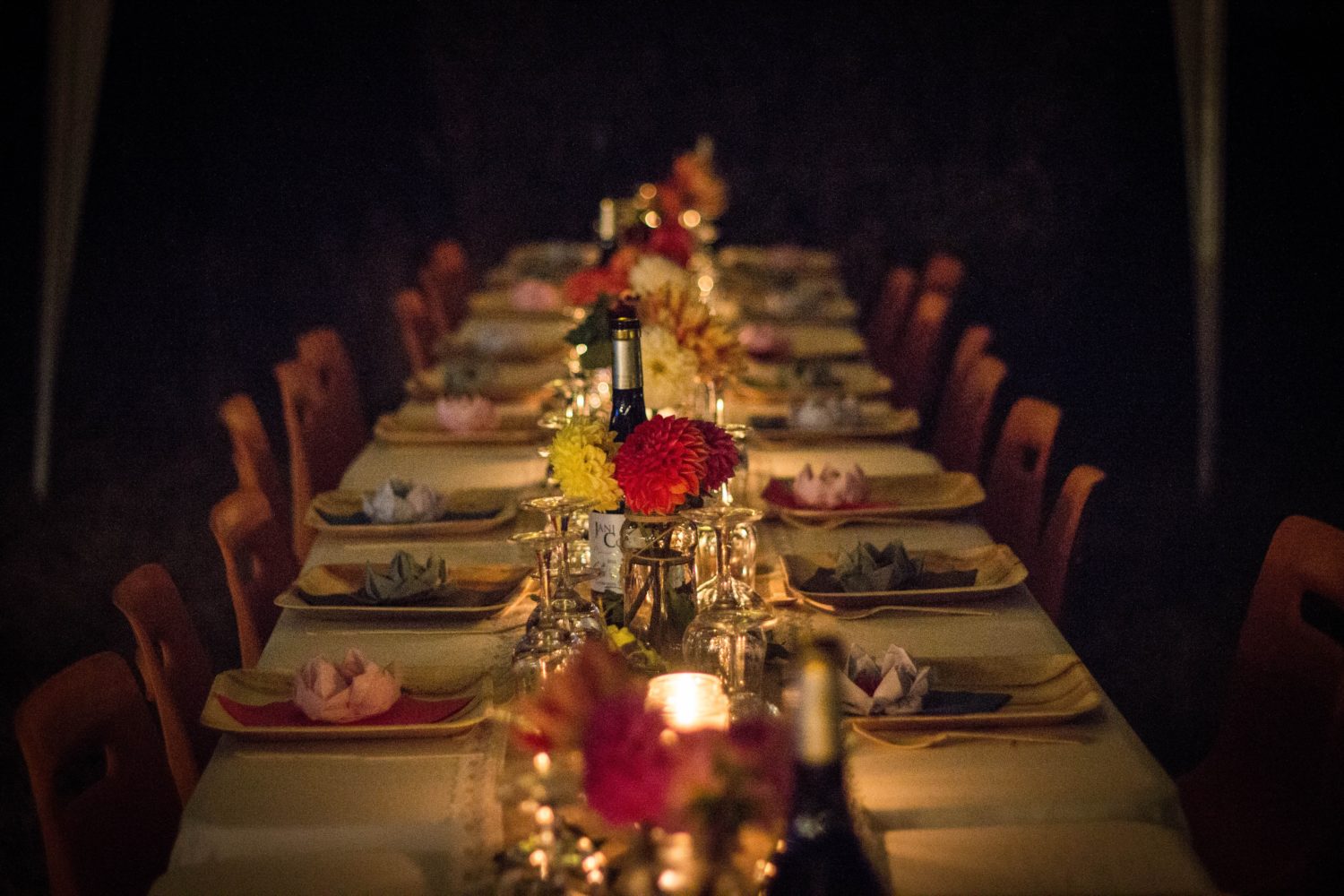Storytelling with all your Senses: Stories with Goosebumps guaranteed
Our sensory impressions create our reality. Everything we perceive from the outside world is first registered by our senses – the smell of freshly baked bread; the sound of breaking through the fresh pastry; the taste when we bite into it, and the feeling when we touch the warm crust with our hands. No wonder that traces of these sensory perceptions can be found in our language: We’ve had a hard day, we have butterflies in our stomach or it takes a load off our mind. Storytelling that engages all our senses is the supreme discipline in storytelling. But how can the individual senses be addressed in order to positively influence our feelings in this way?

Seeing: Making Stories a real Eye Candy
The sensory impression that may seem most omnipresent to us humans is the perception of light and thus color – or in other words: the sense of sight. Meaningful and exciting infographics instead of dull diagrams, visual accompaniment to text with unappealing text layouts. Color accents can be used to highlight information – in texts, brochures or on posters as well as at events where the use of light plays a special role. Even if taste and perception of the sensory stimulus may vary greatly from person to person, everyone will notice the difference if thought has been given to the visual design of a product.
Hearing: Not always in our Consciousness, but always in our Perception
In the dark, when visual sensory impressions are not available to us, we perceive the information we receive through our other senses much more intensely. It’s the same with hearing. It’s no coincidence that at classical concerts in particular, some of the audience are absorbed by the music with their eyes closed.
In the last few years there has been a real renaissance of the spoken word. Radio plays are probably as old as the invention of the microphone. However, modern podcast formats demonstrate the trend that people are becoming increasingly enthusiastic about listening again.
Even in formats where music and sounds are used more as a supplement to other sensory impressions, we realize that without sounds, the world would be very unpleasantly silent. Would a movie get us just as emotionally involved without the skillful use of the soundtrack? Wouldn’t a big event without music be a bit monotonous? Even very soft background music is registered by our subconscious and thus changes the atmosphere. In perfect interplay with other sensory impressions such as light and temperature or as background music for a speech, it can also be physically felt in the form of goose bumps. Even if many people are not always consciously aware of sounds, they are important when it comes to creating a certain atmosphere. This makes it a key tool for tangible storytelling.
Smelling: The beguiling Power of Fragrances
Fragrances are a great way to change the atmosphere in a room as they evoke the strongest and most intense memories. The reason for this is because the sense of smell is said to have a particularly strong influence on the body and our perception of the world. Scientists have discovered that if someone doesn’t smell well, they remember less. Studies such as those carried out by Michigan State University have come to the conclusion that there is a close link between the ability to smell and dementia such as Alzheimer’s disease. Scents awaken certain memories mainly because they are the only sense that is directly connected to the emotional center in the brain, the so-called amygdala. Humans are able to distinguish between 10,000 different scents.
The conditions for reinforcing an experience through these sensory impressions are therefore ideal. Storytelling with all the senses should therefore not ignore this great potential. Brands are already successfully using the power of fragrances to improve the customer experience: According to fragrance developer Robert Müller-Grünow, there is hardly a large hotel chain in the USA that does not try to improve the atmosphere in the building through (individual) fragrances. At the Sheraton, for example, this is a blend of fig, bergamot and jasmine. Companies should focus on the subconscious perception of scents. An overly intense smell can quickly be perceived as unpleasant and significantly diminish the customer experience. In Munich, this led to numerous negative headlines for the fashion chain Abercrombie & Fitch a few years ago.
Feeling: Stories can be touched
It makes a difference whether we stand on a soft and cozy carpet or a hard stone floor: carpet makes us calm and relaxed, while a hard surface tends to make us stand up straighter and be more tense. This shows that the way our environment feels – whether it’s the texture of the objects we interact with or the temperature of the room – has an impact on how we feel and behave. In these cases, our sense of touch is being addressed. We use it to recognize haptic stimuli, whether an object is soft, hard, elastic, thin or thick, as well as warmth and cold.
If we want to transport our stories into real life, we can make use of this effect. It is therefore a good idea to print the invitation to an event on a specific, high-quality paper. If the event has a Mediterranean theme, papyrus or parchment would be ideal. If a press kit is handed out or sent to journalists during press work, an object to touch can be enclosed in the envelope – this makes the mailing stand out from the usual post.

Another example: During a presentation, we can hand our audience a suitable physical object. In the right context, more stimuli are addressed in the audience and the information is better categorized and remembered. The exciting thing is that the areas of the brain responsible for the sense of touch can be stimulated by speech alone. Descriptive adjectives in connection with certain terms such as “velvety voice”, “leathery skin” or “sunny disposition” make abstract words tangible. This works even if we cannot feel them at that moment.
Tasting: Events in particular can appeal to all the Senses
There is hardly an occasion where more senses and stimuli are addressed simultaneously than at events. The most obvious thing to do at events is to address sight and hearing first. Where are the speaker boxes? What is the ambience like? What decorations are used, for example, is there a theme? Impressive effects can be achieved by skillfully playing with light and shadow. However, an event is only complete when culinary impressions are served that also fit in with the overarching story. The choice of dishes should therefore not be guided by impressive-sounding names and mysterious French terms. Instead, the aim is to take guests on a journey where all sensory impressions come together to create a harmonious whole.

Conclusion: Multisensory Storytelling is Storytelling with the Sixth Sense
Storytelling that touches on more than one meaning is the supreme discipline of storytelling. All impressions are part of a whole and contribute to the fact that stories, for example in the form of events, campaigns or publications, are perceived much more intensively and emotionally than they could be with just one sensory impression. Storytellers who pick up their audience on different levels exhibit the so-called sixth sense when it comes to not only packaging content, but also creating experiences.
Share this article









